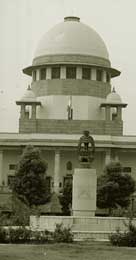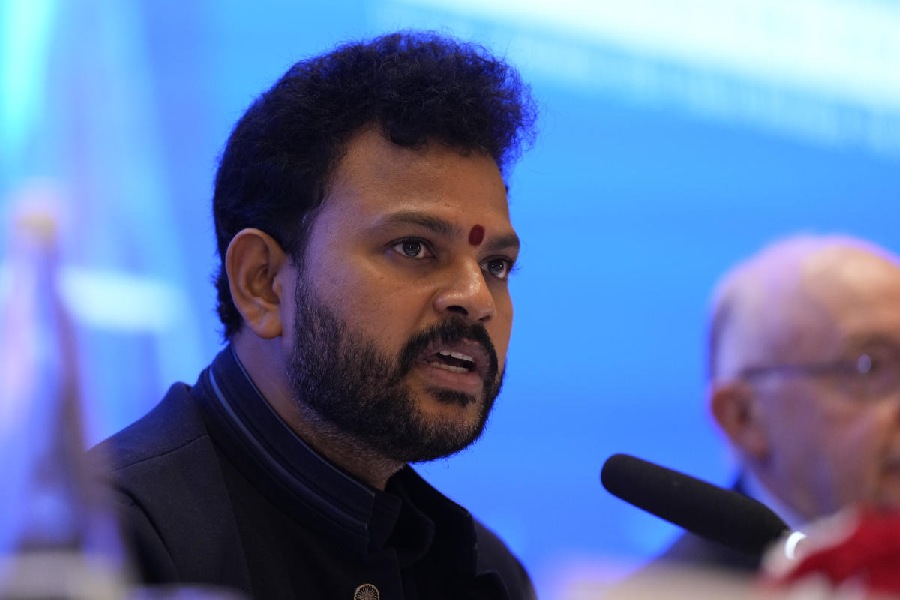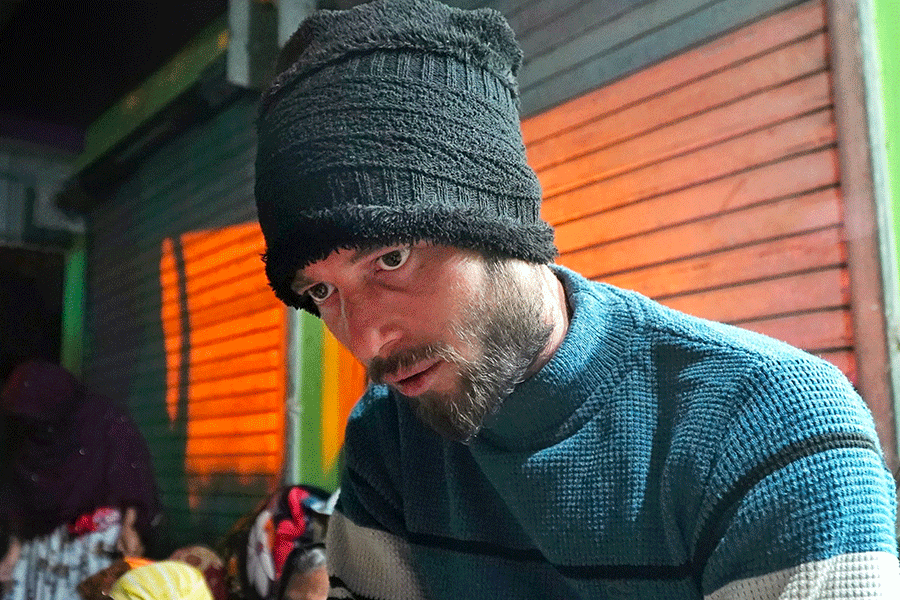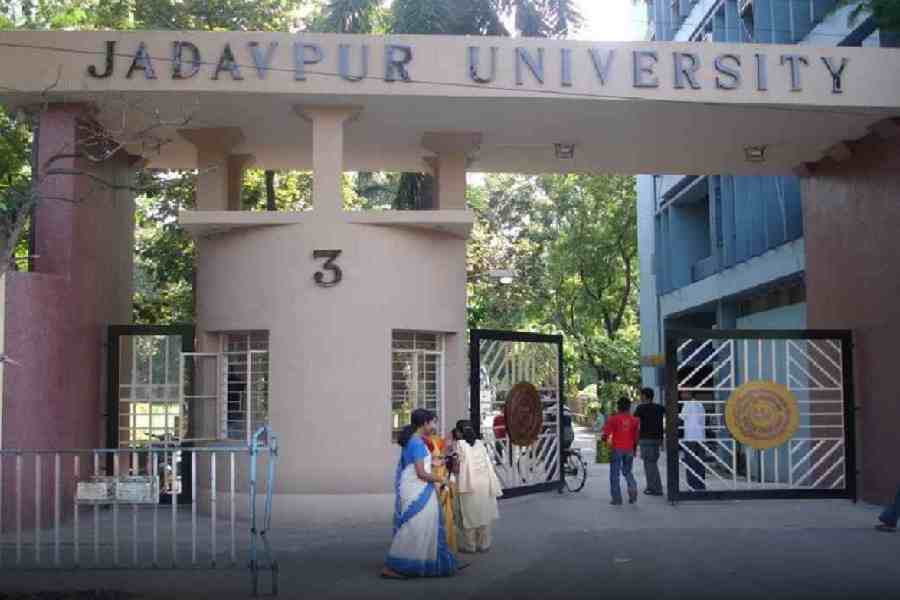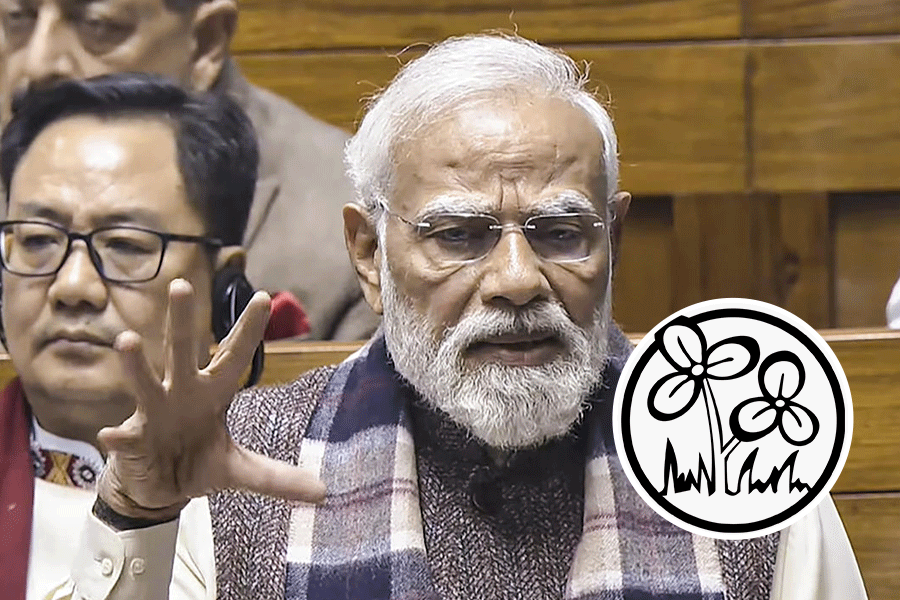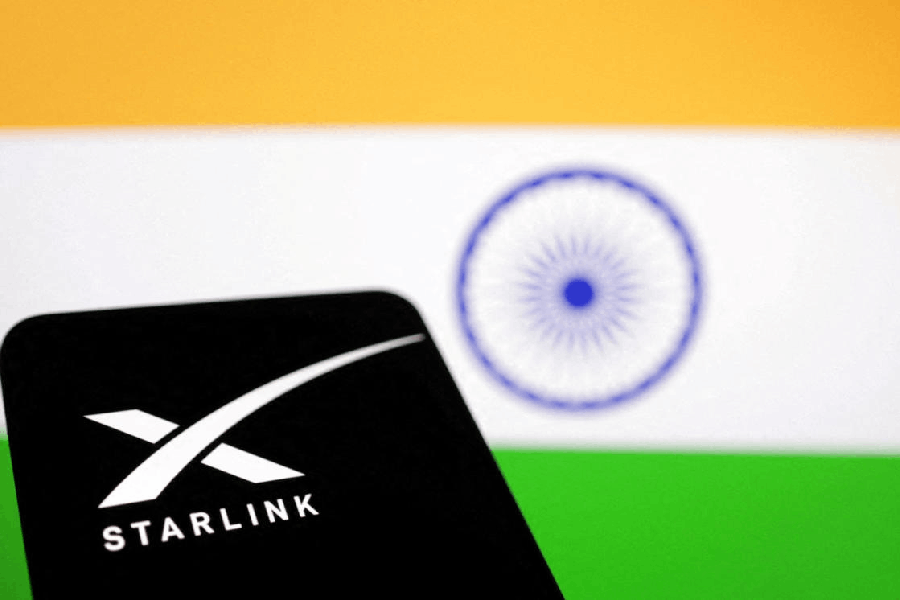|
|
ramguha@vsnl.com
The first and, as it happens, last time I wept at the death of a political leader was on December 26, 1972. I was already distraught, for the previous day I had watched the last day of my first test match, and India had lost. The morning after, the cricket news was not even on the front page. This was taken over, for the most part, by the death of Chakravarti Rajagopalachari, lawyer, scholar, philosopher and statesman, the man whom Mahatma Gandhi had called “the keeper of my conscience”.
Gandhi died before I was born, and Nehru died when I was only six. Rajaji was the one man left over from an age when politics still drew in men of character and integrity. I was, and am, a sentimental sort of fellow. I suppose I would have wept anyway, but the tears flowed more freely because the deceased leader came from my own community of Tamil Brahmins. My father subscribed to Swarajya, the Swatantra Party weekly where Rajaji spoke out in opposition to the socialist heresies of Indira Gandhi. My mother bought for me Rajaji’s translations of the Ramayana and the Mahabharata, which I read, and re-read, for the lucidity of their language and the extravagant colour of their contents.
For the modernizing Tamil Brahman of those days, Rajaji was sui generis. This was a man who had been the first Indian governor general, sitting where Robert Clive and Warren Hastings had once sat. This was the man who was related by marriage to Mahatma Gandhi, a man who had followed his master in opposing untouchability and promoting Hindu-Muslim harmony. What made these progressive views more palatable to families such as mine was that Rajaji was no left-wing atheist but a deeply believing Hindu.
Like Gandhi, Rajaji was a committed Hindu who yet had an abiding love for Christ and Christian values. He might not have minded dying on Christmas Day, but would not, I think, have wanted to so comprehensively push a test match result off the front page. For unlike the Mahatma he liked outdoor sports. His own boyhood hero was a cricketer, B. Jayaram, a fellow student at Central College, Bangalore. Jayaram was a greatly gifted left-handed all-rounder, of whom his British principal wrote that “had he the same opportunities as W.G. Grace he would have been as great, for he had an eye as quick and a wrist as supple as the Doctor’s.”
Rajaji lived a full 94 years on this earth. Ten months were spent in Calcutta’s Raj Bhavan, where he served as the first Indian governor of West Bengal. According to his biographer, Rajmohan Gandhi, Rajaji’s appointment was described by Sarat Chandra Bose as an “outrage upon Bengal’s sentiments”. The Bengali political class, and the Bose clan in particular, had much reason to dislike Rajaji. In the Nagpur Congress of 1922, he made the decisive speech that turned the hall against Chittaranjan Das’s promotion of council-entry and in favour of Gandhi’s more militant programme of non-violent non-cooperation. Sixteen years later, he made another sharp speech, at the Tripuri Congress, held on the banks of the river Narmada. Rajaji’s barbs were aimed again at the Bengal party, but he spoke this time from the side of caution, rather than radicalism. For the office of president, the Gandhians had put up Pattabhi Sitaramayya to oppose the incumbent seeking re-election, Subhas Chandra Bose. Rajaji’s intervention was mark- ed by the sarcasm for which he was notorious. I quote: “There are two boats on the river. One is an old boat but a big boat, piloted by Mahatma Gandhi. Another man has a new boat, attractively painted and beflagged. Mahatma Gandhi is a tried boatman who can safely transport you. If you get into the other boat, which I know is leaky, all will go down, and the river Narmada is indeed deep.”
The Bose family never forgot this, and it did not help either that Rajaji was one of the first to advocate the partition of Bengal. Hence the outraged reaction of Saratbabu to his adversary’s appointment as governor. As it turned out, Rajaji’s stint in Raj Bhavan was brief but deeply honourable. Amidst the carnage of Partition he made the Muslims who remained on our side of the border feel more safe. Speaking to an audience of Muslim businessmen, he assured them that “whatever may be my defects or lapses, let me assure you that I shall never disfigure my life with any deliberate acts of injustice to any community whatsoever”. The Bengal Congress he quickly made up with; indeed, by the end of his stay, the governor was even asked to preside over cabinet meetings. The general public he endeared himself to by going regularly to the Maidan to watch football. And he even broke bread with Sarat Bose, successfully stoking his vanity by calling on him, this a wilful breach of protocol, which demanded that ordinary folk visit the home of the First Citizen of Bengal, not the other way around.
The other ordinary citizen Rajaji would visit in Bengal was Mahatma Gandhi, then living in a home in Beliaghata, healing the wounds of Hindus and Muslims. Whenever he could, the governor would drive over to Gandhi’s camp. Their companionship went back 32 years; besides, they needed each other at a time such as this. Towards the end of 1947 Gandhi moved to Delhi, where he undertook his final fasts for communal harmony. When he was assassinated on January 30, 1948, the Bengal governor flew to Delhi to attend the cremation, and came back with the ashes. The ceremony in the Hooghly has been described by the governor’s military secretary, Bimanesh Chatterjee. A motor launch took the party to the middle of the river, and the governor was handed over the urn containing the ashes for immersion. As he took the urn “he became so overwhelmed that…he perilously swayed forward, and a couple of us had to hold him back...When Rajaji finally sat down, he appeared exhausted. As the boat was speeding towards the bank, Rajaji said, ‘The ashes were pulling me.’”
Rajaji was sympathetic to Bengali aspirations, but not to Bengali chauvinism. When an influential editor published articles urging the inclusion in West Bengal of areas from Bihar and Orissa, the governor wrote him a letter whose contents remain relevant to sectarian campaigners of all kinds. “I see that you are not able to restrain the policy of agitation over inter-provincial boundaries. It is easy to yield to current pressure of opinion and it is difficult to impose on enthusiastic people any policy of restraint. But I earnestly plead that we should do all we can to prevent ill-will from hardening into a chronic disorder. We have enough ill-will and prejudice to cope with. Must we hasten to create further fissiparous forces?”
In June 1948, Rajaji left Calcutta for Delhi, where he was to succeed Lord Mountbatten as governor-general. Later still, he was a senior member of Jawaharlal Nehru’s cabinet, and between 1952 and 1954 served as the Congress chief minister of Madras state. While he was in this office, the founder of the Jana Sangh, Shyama Prasad Mookerjee, was jailed in Srinagar after defying a ban on his entering Jammu and Kashmir. While working in the Nehru Memorial Museum and Library in Delhi, I came upon a fascinating exchange of letters between Rajaji and Mookerjee.
After reading a news report of a talk by the Madras chief minister on “The Value of Hindu Philosophy in a Modern State”, Mookerjee wrote to him for a copy, marking his address as “c/o Superintendent, Central Jail, Srinagar”. “We have not met since you left Delhi”, wrote Mookerjee. “I have watched with admiration the manner in which you have been facing your onerous responsibilities”, he continued. “I do not know how long I shall be kept here”, he ended — “Any publication you may be good enough to send may be sent by registered post, please”.
The letter was dated May 28, 1953. On June 2, Rajaji replied, enclosing the lecture, and adding: “It is a pity and unnecessary waste of human energy your being in detention. But you know best your own feelings and it is impertinent of me to presume and judge.” He ended his letter thus: “Well-affectionate regards, what else can I say?”
Three weeks later, Mookerjee died in detention, a tragic event in itself, but also one that was to have a fundamental impact on the Kashmir problem. Rajaji at once sent a telegram addressed to the governor and chief minister of West Bengal. Calling the death of Mookerjee a “tragedy in every respect”, Rajaji said he shared in the grief of Bengal. He recalled how the deceased had given him “great friendship” as a cabinet colleague and as a political opponent. Bengal, remarked this former governor of the state, “owes much to the family, not much less to Shyama Prasad than to great Ashutosh”.
In the history of modern India, this exchange is less than a minor footnote. Yet it tells us a great deal about the kinds of men and women who once ruled and guided us. For C. Rajagopalachari and Shyama Prasad Mookerjee were politicians divided by party affiliation, yet united by ability, intellect and, above all, decency of character.

